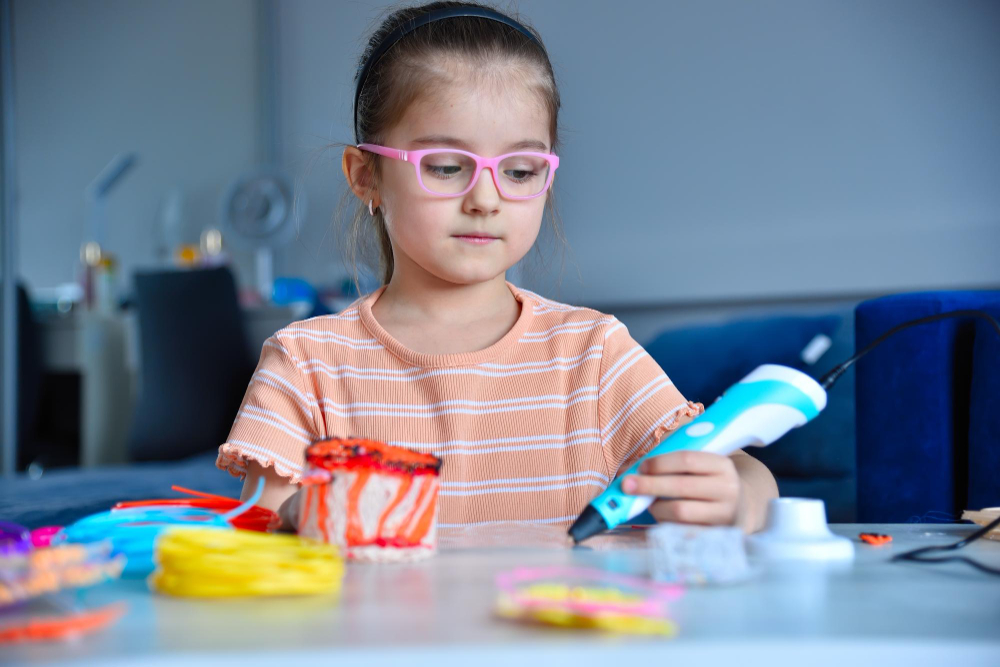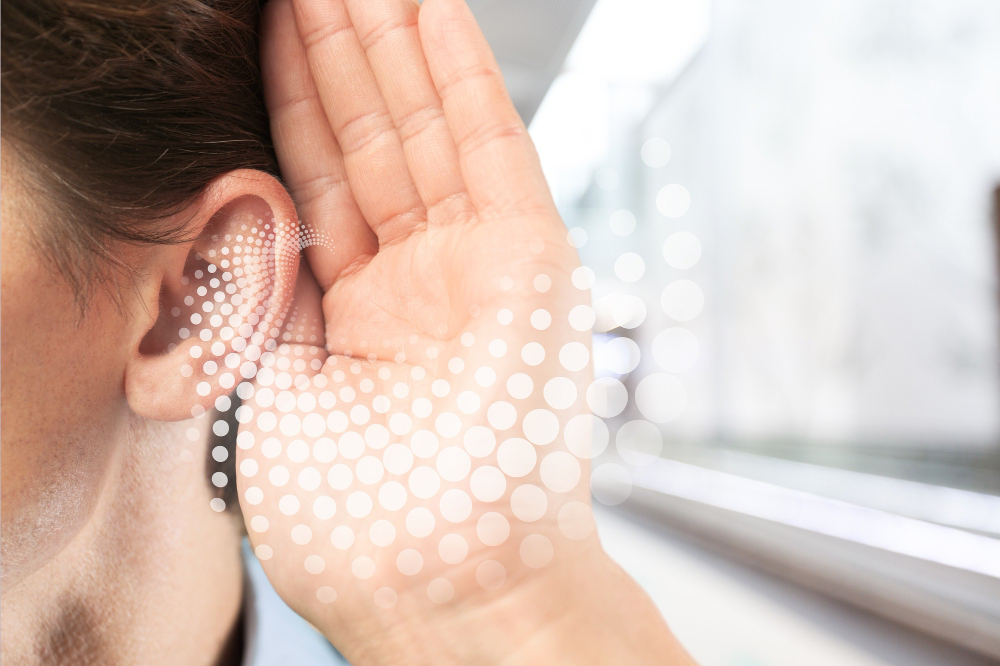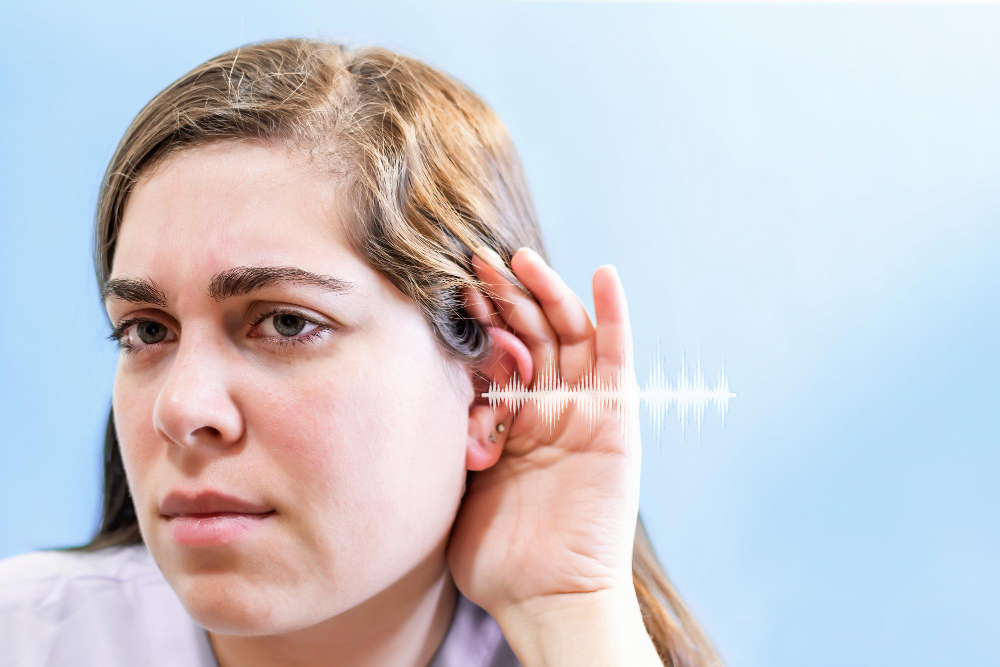
The Future of Hearing: Innovations and Technologies Transforming Auditory Experiences
The field of hearing healthcare is undergoing a remarkable transformation, fueled by rapid advancements in technology and a deeper understanding of auditory processing. Innovations in artificial intelligence, neural network processing, connectivity, and medical breakthroughs are revolutionizing hearing aids and related auditory technologies. These advancements promise to enhance accessibility, personalization, and overall auditory experience, improving the quality of life for individuals with hearing loss. This comprehensive overview explores the key technologies shaping the future of hearing healthcare.
1. Artificial Intelligence (AI) and Machine Learning (ML): Creating Personalized Soundscapes
Artificial intelligence and machine learning are at the forefront of hearing aid evolution, enabling dynamic, adaptive sound processing that tailors itself to the user’s unique needs.
-
Adaptive Sound Processing: AI-driven hearing aids analyze and adjust to changing acoustic environments in real time. By continuously learning from user preferences, they optimize sound settings for maximum clarity and comfort.
-
Advanced Speech Enhancement: Traditional noise reduction techniques are being replaced with sophisticated AI models capable of isolating human speech from background noise with unprecedented accuracy. This allows for clearer conversations in noisy environments such as restaurants and social gatherings.
-
Personalized Hearing Profiles: Using machine learning algorithms, modern hearing aids can create individualized hearing profiles based on user feedback and real-world listening environments, ensuring a fully customized auditory experience.
-
Contextual Awareness: AI enables hearing aids to automatically recognize specific environments—such as concerts, offices, or outdoor settings—and adjust amplification, frequency response, and directionality accordingly.
2. Neural Network Processing: Mimicking Natural Hearing
Neural network-based sound processing is designed to replicate the way the human brain interprets auditory stimuli, leading to a more natural and effortless hearing experience.
-
Biomimetic Sound Processing: By mimicking the brain’s auditory processing mechanisms, neural network-powered hearing aids deliver a more natural, nuanced sound experience.
-
Improved Sound Localization: Advanced processing techniques enhance spatial awareness, allowing users to determine the direction and distance of sounds with greater precision.
-
Enhanced Speech Clarity: Neural networks analyze speech patterns and contextual cues to provide better speech intelligibility, even in highly complex auditory environments.
-
Reduced Listening Fatigue: By processing sound more efficiently, these technologies reduce cognitive load, making listening less tiring and more enjoyable.
3. Enhanced Connectivity and the Internet of Things (IoT): A Seamless Auditory Experience
The integration of hearing aids with connected devices and the Internet of Things (IoT) is making auditory experiences more seamless and interactive.
-
Direct Streaming Capabilities: Bluetooth Low Energy (BLE) and other wireless technologies allow users to stream phone calls, music, and other audio directly to their hearing aids without additional accessories.
-
Smart Home Integration: Hearing aids can connect to smart home systems, providing real-time auditory alerts for doorbells, security alarms, and other essential notifications.
-
Telehealth and Remote Monitoring: Many hearing aids now feature remote programming capabilities, enabling audiologists to adjust settings and provide consultations without requiring in-person visits.
-
Augmented Reality (AR) and Virtual Reality (VR) Integration: Hearing aids are being designed to enhance AR and VR experiences, delivering immersive, spatially accurate audio that complements visual information.
4. Over-the-Counter (OTC) Hearing Aids: Increasing Accessibility and Affordability
With regulatory changes and technological advancements, over-the-counter (OTC) hearing aids are making hearing assistance more widely available.
-
More Affordable Solutions: OTC hearing aids provide cost-effective options for individuals with mild to moderate hearing loss, reducing the financial barrier to better hearing.
-
Self-Fitting and Customization: Many OTC devices come with smartphone apps that guide users through self-assessment and personalized tuning, eliminating the need for professional adjustments.
-
Increased Market Competition: The expansion of the OTC hearing aid market is driving innovation, leading to more sophisticated features at lower price points.
5. Wearable Health Integration: A Holistic Approach to Well-Being
Hearing aids are evolving beyond sound amplification to become multifunctional health and wellness devices.
-
Activity Tracking: Some hearing aids now feature built-in motion sensors to track physical activity, encouraging a healthier lifestyle.
-
Fall Detection: Advanced sensors can detect falls and automatically alert emergency contacts or medical professionals.
-
Cognitive Health Monitoring: Future hearing aids may include tools to assess cognitive function, offering early warnings for conditions like dementia and Alzheimer’s disease.
-
Tinnitus and Mental Health Support: AI-powered sound therapy can help manage tinnitus symptoms, while soothing auditory stimuli may provide relief from anxiety and stress.
6. Advanced Materials and Miniaturization: Improving Comfort and Aesthetics
Innovations in materials and design are making hearing aids more comfortable, discreet, and durable.
-
3D Printing for Custom Fit: 3D printing technology allows for precision-crafted hearing aids tailored to individual ear shapes for superior comfort.
-
Nanotechnology for Durability: Water-resistant and dustproof coatings are enhancing the longevity and reliability of modern hearing aids.
-
Improved Battery Technology: The development of longer-lasting and faster-charging batteries, including rechargeable lithium-ion options, is reducing maintenance hassles.
-
Discreet and Stylish Designs: As hearing aids become more compact and aesthetically appealing, stigma surrounding their use is diminishing.
7. Gene Therapy and Regenerative Medicine: Restoring Natural Hearing
Research in regenerative medicine is offering hope for restoring natural hearing by targeting the biological causes of hearing loss.
-
Gene Editing for Genetic Hearing Loss: Scientists are exploring the use of CRISPR and other gene-editing technologies to correct genetic mutations responsible for hereditary hearing loss.
-
Stem Cell Therapy: Promising research suggests that stem cell therapy could regenerate damaged hair cells in the cochlea, potentially reversing sensorineural hearing loss.
-
Targeted Drug Delivery: Novel drug therapies are being developed to protect or restore inner ear function, offering new treatment options for individuals with progressive hearing loss.
8. Advanced Diagnostics and Early Detection: Revolutionizing Hearing Healthcare
Improved diagnostic tools are making it easier to detect and address hearing loss at an earlier stage.
-
AI-Driven Audiometry: Artificial intelligence is making hearing tests more accurate and accessible, reducing reliance on traditional audiological assessments.
-
Smartphone-Based Hearing Screening: Mobile apps can now conduct basic hearing screenings, allowing users to monitor their hearing health from home.
-
Early Detection and Intervention: Advanced screening tools enable audiologists to identify hearing loss sooner, leading to more effective treatments and interventions.
Conclusion: A Bright Future for Hearing Health
The future of hearing technology is defined by a convergence of artificial intelligence, connectivity, regenerative medicine, and personalized health solutions. These innovations promise to make hearing aids smarter, more accessible, and more effective than ever before. As technology continues to advance, individuals with hearing loss will not only experience improved auditory clarity but also enhanced overall well-being. The coming years will see hearing aids evolving into multifunctional wellness devices, playing a crucial role in cognitive health, safety, and daily life integration. With these groundbreaking developments, the future of hearing is indeed brighter than ever.


